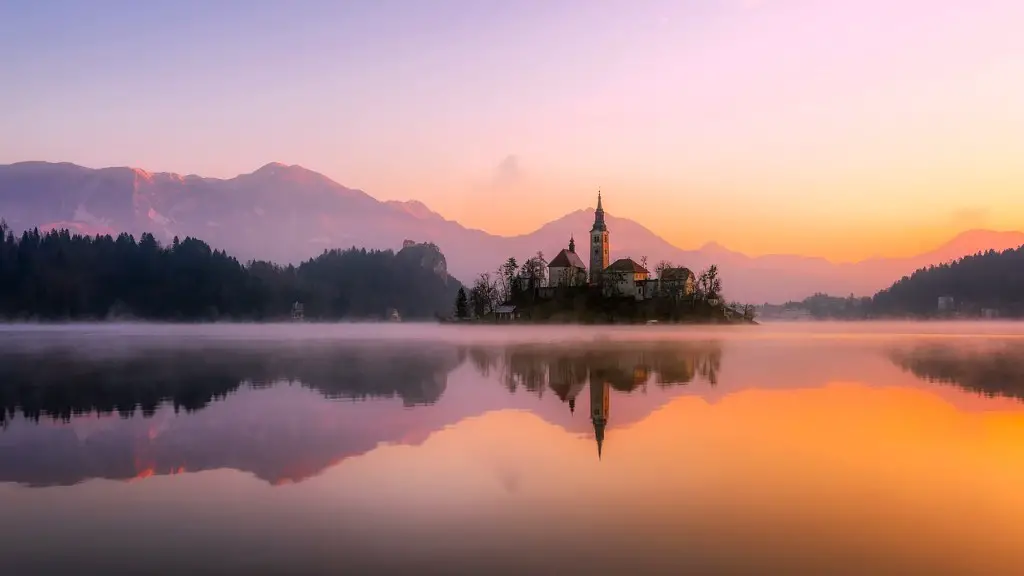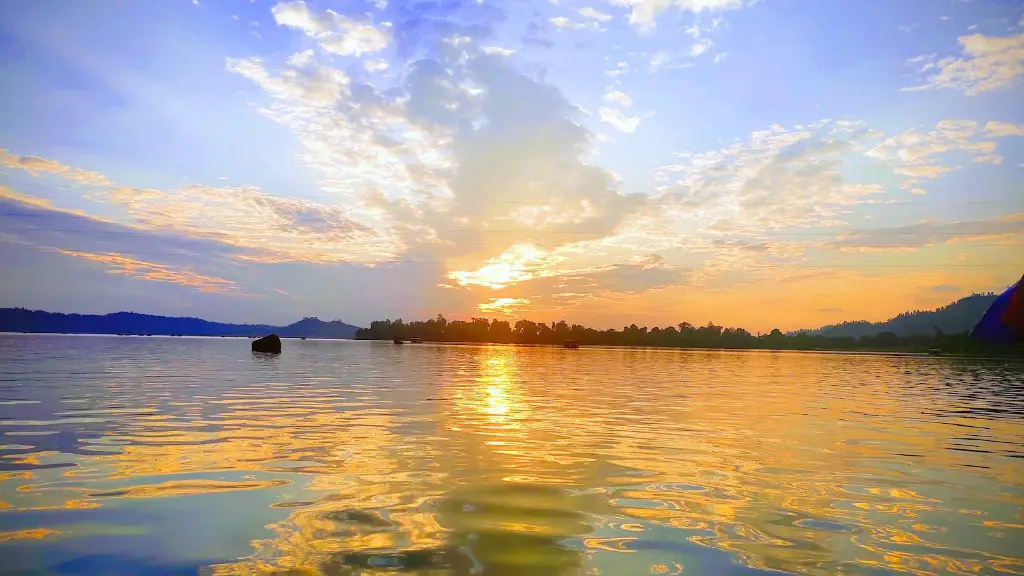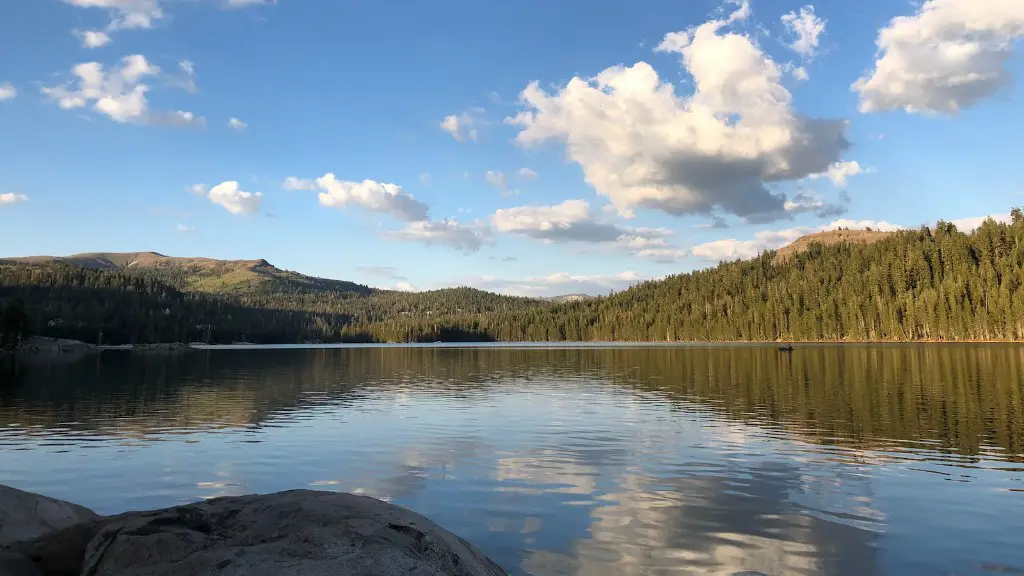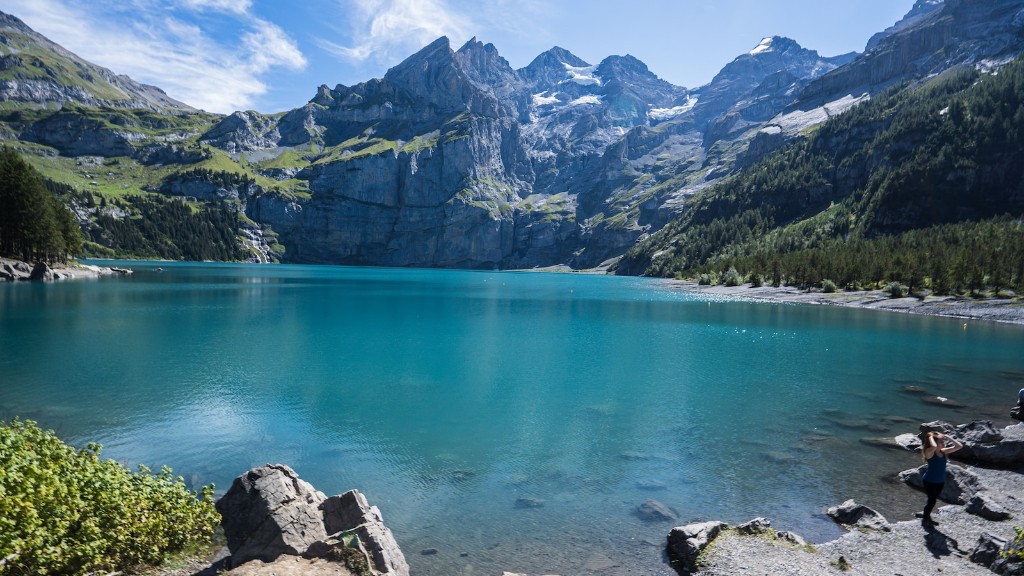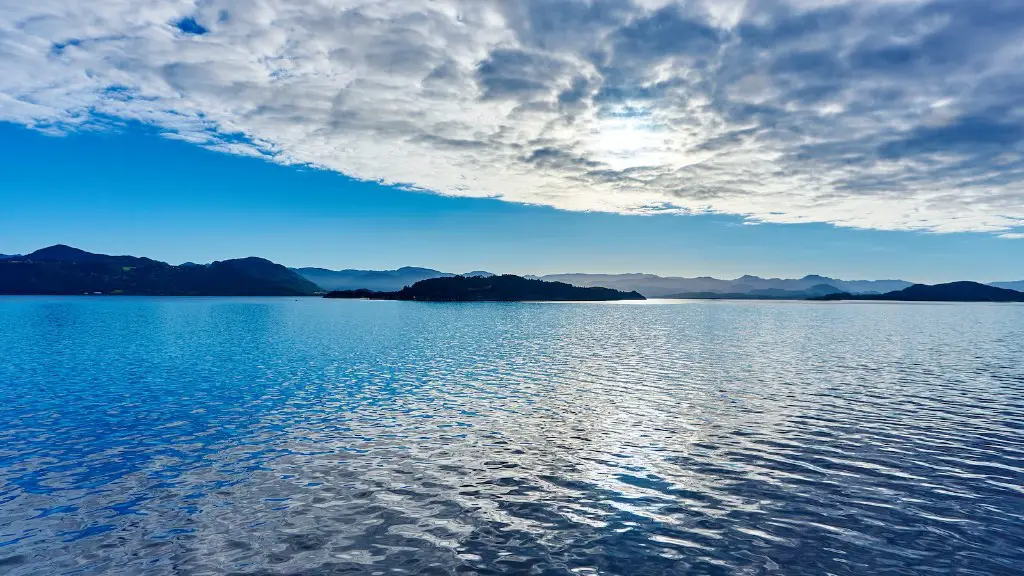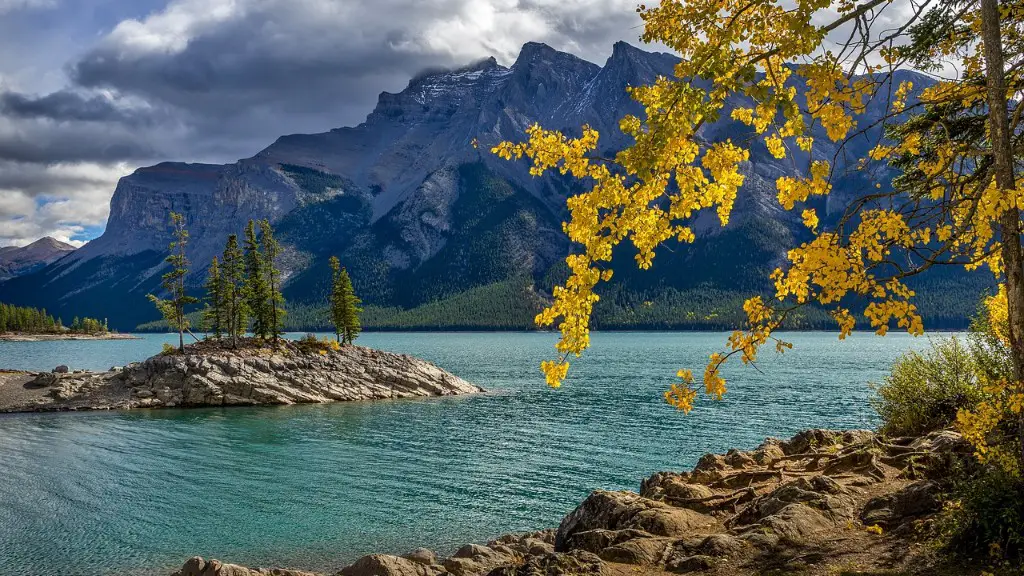A crater lake is a lake that forms in a volcanic crater or caldera. In many cases, the lake is calm and serene, providing a beautiful mirror-like surface for viewing the surrounding landscape. There are several crater lakes around the world, including Crater Lake in Oregon, USA, and Lake Taupo in New Zealand.
A crater lake is a lake that forms in the crater of a volcano.
What is meant by Crater Lake?
A round lake that has formed in the crater of a volcano is called a caldera lake. The lake is usually surrounded by steep walls of volcanic rock.
Crater Lake is a stunning example of the power of nature. This lake was formed when Mount Mazama, a 12,000 foot tall volcano, erupted and collapsed approximately 7,700 years ago. The resulting crater is now home to Crater Lake, one of the deepest and most pristine lakes in the world. The native Makalak people who lived in the surrounding areas considered Mount Mazama to be a very important symbol. Today, Crater Lake is a popular destination for hikers, campers, and nature lovers who come to appreciate its beauty and wonder.
What causes crater lakes
Crater lakes are a type of volcanic lake that is found in craters and calderas. These lakes usually form through the accumulation of rain, snow and ice melt, and groundwater in volcanic craters. Crater lakes can contain fresh water or be warm and highly acidic from hydrothermal fluids.
Crater Lake is one of the most popular tourist destinations in Oregon. Every year, people from all over the world come to see its beautiful blue waters and admire its stunning scenery. Its depth of 1,943 feet (592 meters) makes it the deepest lake in the United States, and the seventh deepest in the world. Its fresh water is some of the clearest found anywhere in the world.
Is Crater Lake the deepest lake in the US?
Crater Lake is an amazing natural wonder, and its depths have been explored thoroughly by scientists. It is one of the deepest lakes in the United States and one of the deepest in the world, and its depths are truly fascinating.
The caldera of Mount Mazama was formed by an absolutely gargantuan eruption. The depth of the caldera is a testament to the power of the eruption.
Can you drink water from Crater Lake?
The park’s water claim for the lake is for the preservation and protection of all natural habitats and the conservation of scenery. It is not for human consumption. Consuming Crater Lake water would conflict with the park’s mission to preserve the lake.
It is fascinating that colonies of moss and bacteria can thrive at the bottom of Crater Lake, where there are almost no nutrients. This discovery perplexes researchers because it is not clear how these organisms are able to survive in such an extreme environment. Further research is needed to better understand the ecology of these unique communities.
What would happen if Crater Lake erupted
Eruptions in deep water are less likely to be explosive or affect areas around the rim. The largest explosions could produce pyroclastic surges, hot, rapidly moving clouds of gas and ash, which could move out a few miles from vents along the margin of the lake.
Crater Lake is one of the snowiest places in America, receiving an average of 43 feet of snow per year. This means that there are only a few months when people can swim in the lake, typically from June through September. The extreme winter season can make swimming dangerous, so visitors should be aware of the risks before entering the water.
Why is there no fish in Crater Lake?
Crater Lake was initially stocked with trout fingerlings in 1888 in order to improve recreational opportunities. However, stocking of the lake ended in 1941, as it alters the lake’s natural condition.
Hydrothermal Explosions:
A hydrothermal explosion is an explosive volcanic eruption caused by the interaction of magma with groundwater. These types of eruptions are typically very explosive and can create large amounts of ash and tephra (fragmented rock). Pyroclastic surges are common during hydrothermal explosions and can be exceptionally dangerous. Lahars (mudflows) and landslides are also common hazards associated with these types of eruptions.
What state in the US has the deepest lake
Crater Lake National Park is home to the deepest lake in the United States and the seventh deepest lake in the world. The lake is located in the Cascade Mountains in Southern Oregon and is a popular destination for hikers and nature lovers alike. The park is also home to a variety of wildlife, including bald eagles, ospreys, and elk.
Crater Lake is a great place to explore! There are plenty of things to see and do, and the crowds will lead you to the best spots. From the top of the trail, you can descend 700 feet in just over a mile to the shores of Crater Lake. This is the only place in the park where you can legally and safely get down to touch the water.
Is Crater Lake a man made lake?
Mount Mazama’s eruption was one of the most destructive in history, leaving behind a massive caldera. Today, the caldera is filled with rain and snow melt, creating the beautiful Crater Lake.
Crater Lake is one of the most beautiful and serene places on Earth. Located in Oregon, USA, Crater Lake is considered to be the cleanest lake in the US and the entire world. This is because Crater Lake is not fed by any streams or rivers. The water is crystal clear, with visibility up to 100 feet. The sunlight penetrates down some 400 feet, making the water look like a beautiful blue gem.
Warp Up
A crater lake is a lake that is formed in the crater of a volcano.
A crater lake is a lake that forms in a volcanic crater or caldera. Crater lakes are found in many volcanic regions around the world.
